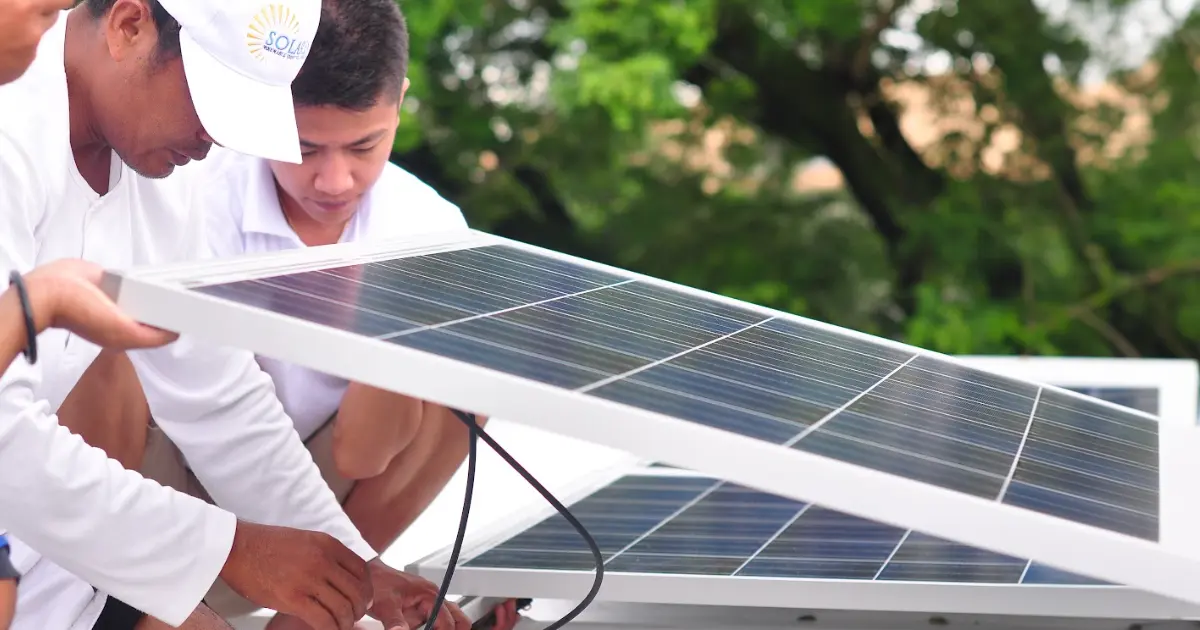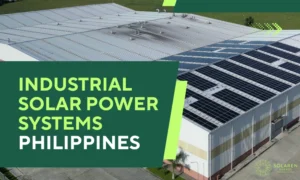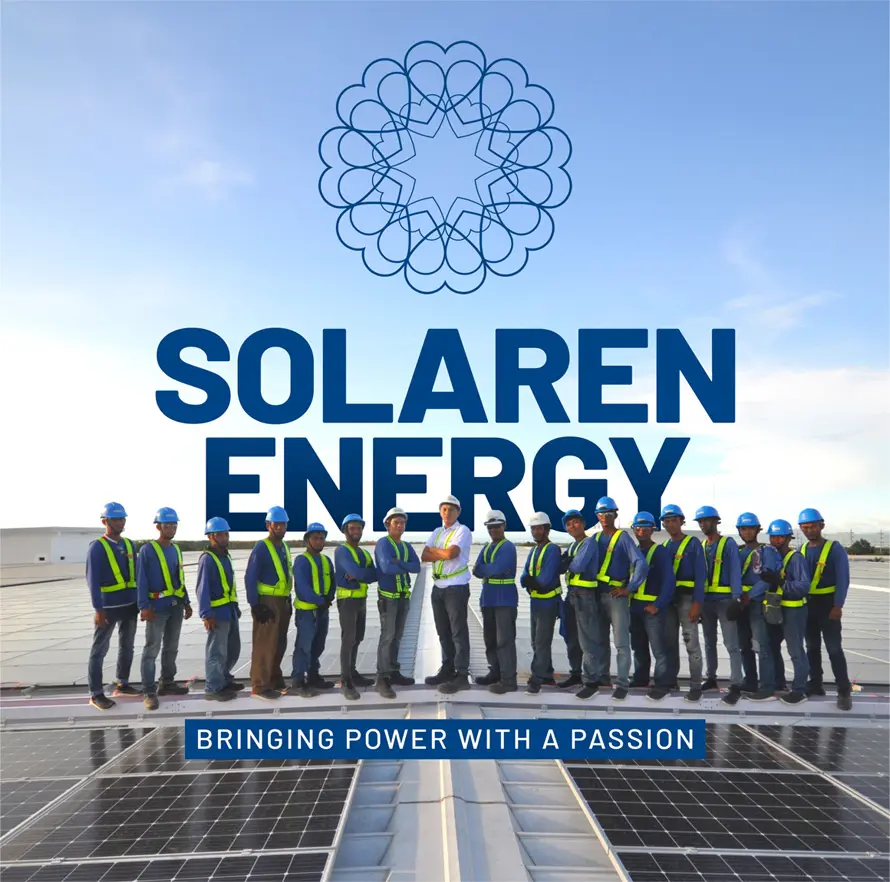Solar energy has steadily gained traction in the Philippines, driven by its tropical climate and the nation’s push towards renewable resources. At the forefront of this green revolution are solar panels. But how do they harness the power of the sun and transform it into usable electricity? This article aims to educate both homeowners and entrepreneurs in the Philippines about this sustainable technology.
The Basics: Introducing Solar Panels
Solar panels, also known as photovoltaic (PV) panels, are devices crafted to absorb sunlight and transform it into electricity. Comprising numerous cells filled with sun-capturing materials, most often silicon, these cells are the vital components for electricity generation.
From Sunlight to Power: The Photovoltaic Journey
The science behind solar panels is rooted in the photovoltaic (PV) effect. Here’s a simplified breakdown:
- Sunlight Interaction: Each sunbeam, or ‘photon’, possesses energy. When this photon reaches a solar cell, it has the potential to release an electron from its atomic position within the cell’s materials.
- Generating an Electric Flow: These now free electrons move within the cell, forming an electric flow or direct current (DC).
- Transforming for Everyday Use: Filipino homes and businesses typically operate on alternating current (AC) power. Thus, the DC produced by the solar cells is converted to AC using a device called an inverter.
Home Panels vs. Business Panels in the Philippines
While the fundamental mechanism remains the same, there are some differences between residential and commercial solar panels:
- Size and Output: Residential solar panels are often compact, tailored for Philippine homes, many of which have limited rooftop space. On the other hand, commercial panels, catering to businesses, are larger with a higher energy output.
- Installation Methods: Businesses might set up vast solar arrays on rooftops, open lands, or even as shading in parking lots. In contrast, homeowners mainly opt for rooftop installations, though ground setups are an option for those with extra land space.
- Expense and Payment Options: Commercial setups, given their scale, often have a steeper initial cost. But, with the advantage of scale, the cost per unit of energy can be lower than smaller residential setups. Payment plans, government incentives, and rebates can vary between the two categories.
The Solar Advantage
Adopting solar energy in the Philippines brings a multitude of benefits:
- Environmentally Friendly: By reducing dependence on non-renewable fuels, solar panels decrease harmful emissions, benefiting our beautiful Philippine islands.
- Potential Savings: Despite the initial cost, in the long run, solar panels can drastically cut down electricity bills. Over time, the investment can be fully recovered through savings.
- Energy Independence: Produce your electricity, lessening reliance on the national grid—a boon during brownouts or peak consumption periods.
- Flexibility: Whether you own a small residence or a growing business, solar setups can be expanded based on your needs.
Solar panels, a synergy of advanced technology and nature’s abundant sunlight, are a beacon of sustainable progress in the Philippines. As Filipinos, understanding how these panels function and the benefits they offer is essential. Whether your goal is to manage household expenses, reduce your business’s operational costs, or make an eco-friendly choice, solar energy is a bright option for the future.






